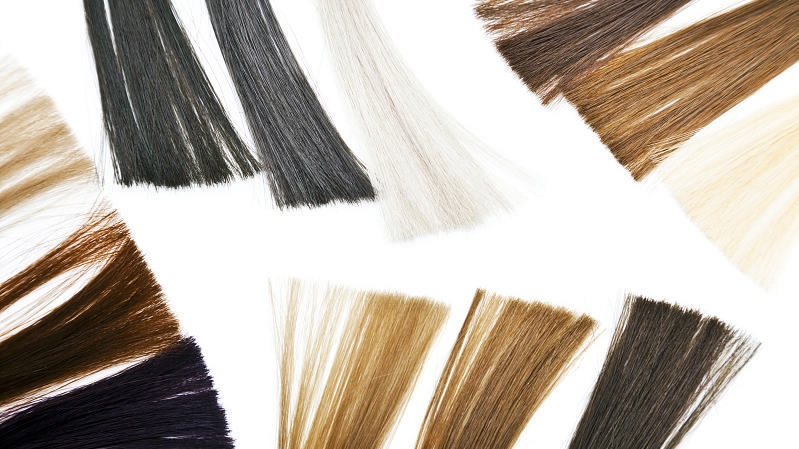
Tech & Sci
20:07, 16-Mar-2018
Study: Non-toxic, anti-static hair dye developed with low-cost graphene

Scientists with Northwestern University have developed a non-toxic graphene-based hair dye that can lasts through many washes without fading.
In the study published on Thursday in the journal Chem, scientists led by Huang Jiaxing, professor of materials science, bypassed the harmful chemicals by leveraging the natural geometry of graphene sheets.
Commercial dyes tend to use harsh chemicals such as ammonia and bleach to first pry open the cuticle scales to allow colorant molecules inside and then trigger a reaction inside the hair to produce more color.
This process causes hair to become more fragile and some of the small molecules are quite toxic, according to researchers.

Commercial dyes using harsh chemicals can cause hair to become more fragile. /VCG Photo
Commercial dyes using harsh chemicals can cause hair to become more fragile. /VCG Photo
Instead, the new hair dyes use soft and flexible graphene sheets which can wrap around each hair for an even coat.
The formula incorporates edible, non-toxic polymer binders to ensure that the graphene sticks and lasts through at least 30 washes, which is the commercial requirement for permanent hair dye.
Also, the graphene is anti-static, so it can keep winter-weather flyaways to a minimum.
"It's similar to the difference between a wet paper towel and a tennis ball," Huang explained, comparing the geometry of graphene to that of other black pigment particles, such as carbon black or iron oxide.
"The paper towel is going to wrap and stick much better. The ball-like particles are much more easily removed with shampoo."
The graphene's geometry makes the dyes safer, since small molecules can easily be inhaled or pass through the skin barrier, but graphene is too big to enter the body, according to Huang.
"The final product is in the form of fluid so that you can spray it on the hair like an aerosol," Huang told Xinhua.
Huang's team used graphene oxide, an imperfect version of graphene that is a cheaper, more available oxidized derivative.
"Our hair dye solves a real-world problem without relying on very high-quality graphene, which is extremely difficult to make," Huang said.
Still, future versions of the dye could someday potentially leverage graphene's notable properties, including its highly conductive nature.
"People could apply this dye to make hair conductive on the surface," Huang said. "It could then be integrated with wearable electronics or become a conductive probe. We are only limited by our imagination."
So far, Huang has developed graphene-based hair dyes in multiple shades of brown and black. Next, he plans to experiment with more colors.
Source(s): Xinhua News Agency

SITEMAP
Copyright © 2018 CGTN. Beijing ICP prepared NO.16065310-3
Copyright © 2018 CGTN. Beijing ICP prepared NO.16065310-3